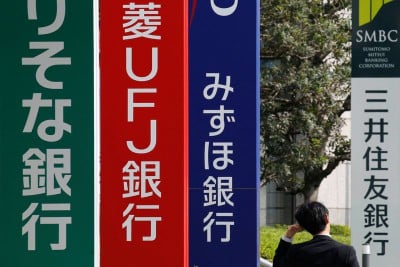
andresr / Getty Images
Employers continued hiring at a healthy clip in December, but raises got a bit harder to come by—a signal that cracks could be showing in the rock-solid job market, and an unclear sign of whether there’s a recession ahead.
Key Takeaways
- The economy added a better-than-expected 223,000 jobs in December, but employers cut back on pay raises and temporary hiring, suggesting growing weakness in the job market.
- The report sent mixed signals about whether a recession and a spike in layoffs are coming.
- A decrease in pay raises, without an increase in unemployment, is exactly what the Federal Reserve has been hoping to achieve with its interest rate hikes.
The economy added 223,000 jobs in December, the Bureau of Labor Statistics said Friday. That was the lowest number of new hires since December 2020, but well above the 200,000 that economists had forecast. What’s more, the unemployment rate fell from 3.7% to 3.5%, matching pre-pandemic levels and tying a 50-year low.
Despite the abundance of jobs, however, employers got a little less keen to hike pay, with average hourly wages rising just 0.3%, the lowest since February. That makes for a 4.6% increase over the last 12 months.
The report held clues that an uptick in unemployment , could be coming down the pike, some economists said, even if a job market downturn has yet to materialize. To be sure, low unemployment is great for workers. But it might not be viewed as good news by policymakers at the Federal Reserve, who are attempting to slow down the economy—and cool the job market—in an effort to contain inflation. The Fed’s ongoing hikes to its benchmark interest rate have made all kinds of loans more expensive, and that’s likely to put employers under enough stress to begin layoffs sooner or later, economists said.
“The U.S. jobs report had a little something for everyone: plenty more jobs and better job prospects for the unemployed, but also somewhat slower wage growth and a pullback in work hours that suggests the economy is losing steam,” Sal Guatieri, senior economist at BMO Capital Markets wrote in a commentary. “Alas, a hawkish Fed will likely fret more about the ongoing tightness in labor markets.”
The details of the report also held signs that demand for workers is starting to recede and the trend of adding jobs could go into reverse. Not only did wage growth slow, but the number of temporary workers fell for a fifth month in a row. That’s an “ominous sign” since temp hiring often predicts other hiring throughout the economy, Ian Shepherdson, chief U.S. economist at Pantheon Macroeconomics, said in a commentary.
On the other hand, the lower wage growth signals that supply and demand are rebalancing in the labor market—an indication that the Fed’s rate hikes have done exactly what they were intended to do. Fed officials have sought to avert a so-called wage-price spiral, in which wage hikes and inflation feed on one another and get out of control. That could encourage the Fed to slow down its rate hikes somewhat—reducing the amount of damage done to the economy—depending on what future economic reports show, economists at Wells Fargo Securities said in a commentary.
The conventional wisdom, expressed by many economists and Fed Chair Jerome Powell himself, is that cooling the labor market, potentially at the cost of layoffs and a recession, is a necessary evil that must be endured in order to corral the rampant price increases that drove inflation to 40-year highs last year. The latest Consumer Price Index report showed inflation dropping to 7.1% in November, a sharper decline than economists had expected but still well above the Fed’s target rate of 2%.
That conventional wisdom is not universal opinion, however. Could it be that a strong labor market is just plain good for the economy (and for workers), and not the source of recent inflation? That’s the case made by Josh Bivens, director of research at the Economic Policy Institute, who argued in a commentary that the recent bout of inflation has been mainly caused by supply chain problems—which have been improving—and not labor market overheating.
“The strong labor market over this time didn’t amplify this inflation; instead, it mostly helped to protect American families from the effects of inflation,” Bivens wrote. “There is no compelling case that American families would be better off if the Fed damaged the job market in the name of fighting inflation.”
Have a question, comment, or story to share? You can reach Diccon at [email protected].


